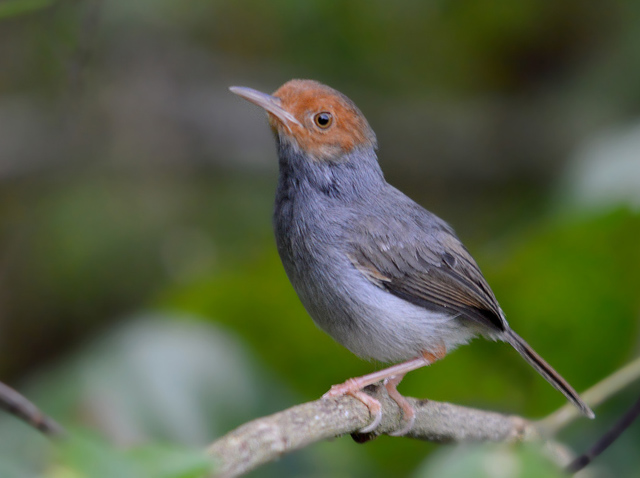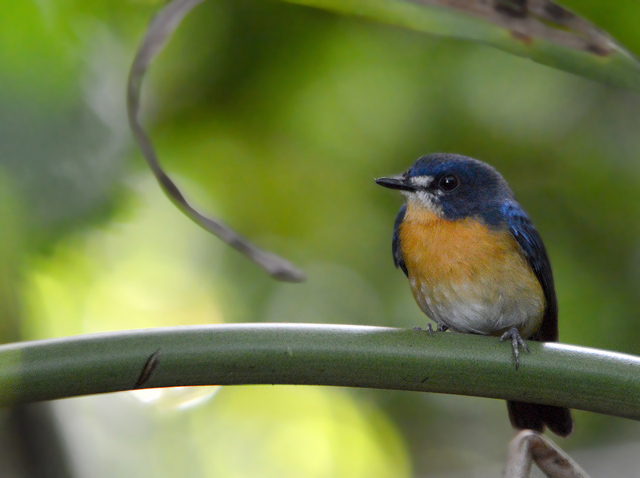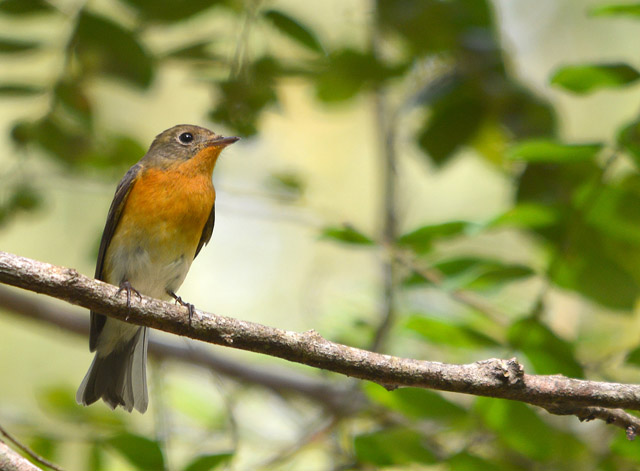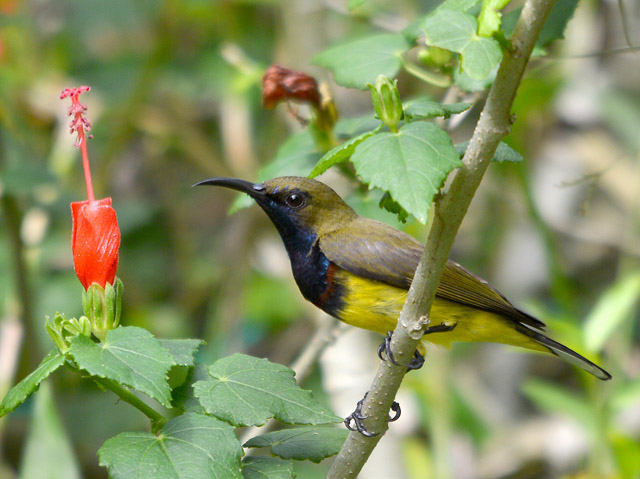Christmas
- that special time of the year when anything is possible or so they say. And what
better time to set out for not one but two lifers than on Christmas Day itself.
It has been nearly 15 months since I last increase my life list. Undoubtedly,
this is the longest I have ever gone without a lifer and it is courtesy of the
ongoing pandemic and all the travel restrictions. I had a little appetizer
before the main course which was slated for the afternoon. Unfortunately, the
Black Bittern that was showing well for others at the Penang Botanic Gardens was
no where to be seen. It was not a good sign especially before a major twitching
trip and a striking Blue-tailed Bee-eater did not possess enough finesse to lift
my spirits. So much for the magic of Christmas so far.
The
Pied Stilt looks very much like some variances of the Black-winged Stilt and this
graceful wader was my first twitch of the trip. It is a recent colonizer from
the south to Peninsular Malaysia and a few finally made their way up to Penang
state as predicted. The paddy planting district of mainland Penang houses
hundreds of wintering Black-winged Stilts. Relying on the information others
have provided and faith, I scanned through the flocks looking for the odd ones out.
Luckily, I had James’s help for this tedious task as he accompanied me on this
excursion. It was a hot and sunny day and the heatwave was almost unbearable.
And then among a flock of 50 or so, I noticed one sporting a distinctive black
mane. It was far and the paddy stalks, tall. Upon further strenuous scrutiny, it
was beyond doubt I was squinting at my first Pied Stilt.
I
carefully trod onto the muddy bund with the hope of obtaining better images.
The paddy field is not a place where one can easily sneak up to a bird and the
magic of Christmas, like everything else in life, has its limits.
Time
was of the essence on this occasion and as I was about to leave for my next destination,
the Pied Stilt strolled into full view. It was still a dreadful effort but then
again, I could have just as easily missed the bird among the sea of stilts and stalks.
Thus, always be grateful of what you have being given.
We
arrived at the jetty along the Penaga River just in time to join the rest to
search for Malaysia’s second Black-faced Spoonbill by boat. There is not much I
can add that Google cannot provide about this unique and globally endangered species
except that it presses all the right buttons for me – a water bird that is big,
beautiful and rare.
We
found the Black-faced Spoonbill at the river mouth where it frequents. However,
all the excitement and anticipation built up to this moment drowned away
because the distinguished visitor was foraging at a spot where the possibility
of reducing the distance was non-existence.
The
only thing left to do was to wait and hope for the Black-faced Spoonbill to
wander closer and it was a long and taxing wait. A juvenile White-bellied
Sea-Eagle gilded in and momentarily distracted us from the depressing situation
we were in. It may sound like I am contradicting myself. I got my double lifers,
didn’t I? It really should not matter that I only managed record shots for this
lifer as well. But I was really looking forward to a memorable experience with
the spoonbill and a distant observation is not exactly what I had in mind.
Anyway,
back to the eagle. A sudden change of pace caught everyone by surprise and I
almost missed the opportunity of capturing this majestic raptor dive successfully
for what appeared to be a snake. On any other given day, this would have left
me on cloud nine. But the disappointment with the spoonbill could not be that
easily forgotten.
Even
the appearance of a juvenile Brahminy Kite soaring effortlessly in the clear
blue sky did very little to brightened up the trip. Not when now that the
Black-faced Spoonbill had gone hidden from sight as it rested behind a line of mangrove
trees.
At
that point in time, we decided to venture elsewhere and to return here again
before the day is over. A Collared Kingfisher was also taking shelter from the
scorching heat and perched among the foliage of the mangroves.
The
Black-capped Kingfisher is one difficult bird to photograph because of its shy
nature. I found out today that it is more tolerant to approach by boat than car
and this individual continued to rest in the shade despite our intrusion. This
common but striking migrant did reposition itself during our observation and the encounter gave us to courage to hope for better things to come before the end of the day.
It
was the moment of truth and the boat circled back for one more attempt with the
Black-faced Spoonbill. On a wing and a prayer, we are hoping that the receding
tide will draw it out from hiding and forage along the water’s edge. Just like this
Great Egret.
Even
from a distance, there is no mistaking the foraging technique of the spoonbill
as it sweeps for aquatic invertebrates. We cautiously approach and now at
least, we can truly admire the unique and enigmatic Black-faced Spoonbill.
Before
the trip, I gawked at some of the images that were posted on social media. Although
my own efforts do not even come close but I am happy. Two lifers in one day is
a rare feat for me and given the unprecedented period I had to endure without
lifers, this is one of my best Christmas Days in a long time. I suppose every
birder wishes for easily attained lifers. However, sometimes the drawbacks and
drama in a way add value to the experience. There was certainly no shortage of
that today.
Little
did I know the Black-faced Spoonbill saved the best for last. As the last light
of day gradually slid back into the horizon, we found our main target of this
boat trip basking in the golden light of the setting sun. And I, just took a
deep breath and soak in the view. From utter disappointment to total bliss. The
magic of Christmas? You bet it is. At the time of writing, this vagrant has not
been seen in two days. All the more reason to be grateful.
When
we returned to the jetty, a few Black-crowned Night-Herons have emerged from
their roost. As our day comes to a close, theirs have just only begun. These
common nocturnal water birds wrapped things up for the day and what a day it
has been. The Pied Stilt will most probably get commoner here in Malaysia but
for now, it is certainly a significant record. The Black-faced Spoonbill was
just amazing and I may not have another chance to see this rarity again in my
homeland. 2021 may not have been an eventful year but the appearance of these
two species in the final weeks of the year has now made it otherwise.





































































